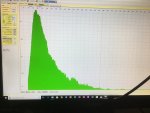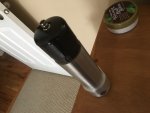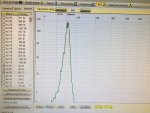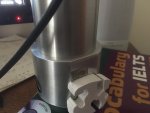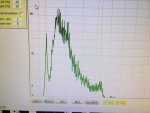- Joined
- Jul 4, 2008
- Messages
- 2,499
- Points
- 113
Well, there will be some more updates on this project coming very shortly.
I finally got my replacement Yocto-PMW-Rx signal board after my Rev A developed a strange issue with its flash memory. I sent it back on November 20th and received the replacement on December 27th, over a month later.
I learnt the hard way never to use Royal Post mail and hand it off to Canada Post, you may never see the parcel again. Canada Post has a dispute going on with royal Mail over its refusal to
pay royalties to Canada post over its tracking service within Canada. So, any Royal Mail package with get the bottom treatment by Canada post purposefully.
Anyways, I have the Rev.B sensor board now which I will install into the unit after thoroughly testing it.
I will then make a "signal out" socket on the surveymeter case as well as a USB connector for the sensor board.
:can:
more coming
I finally got my replacement Yocto-PMW-Rx signal board after my Rev A developed a strange issue with its flash memory. I sent it back on November 20th and received the replacement on December 27th, over a month later.
I learnt the hard way never to use Royal Post mail and hand it off to Canada Post, you may never see the parcel again. Canada Post has a dispute going on with royal Mail over its refusal to
pay royalties to Canada post over its tracking service within Canada. So, any Royal Mail package with get the bottom treatment by Canada post purposefully.
Anyways, I have the Rev.B sensor board now which I will install into the unit after thoroughly testing it.
I will then make a "signal out" socket on the surveymeter case as well as a USB connector for the sensor board.
:can:
more coming
Last edited:


















